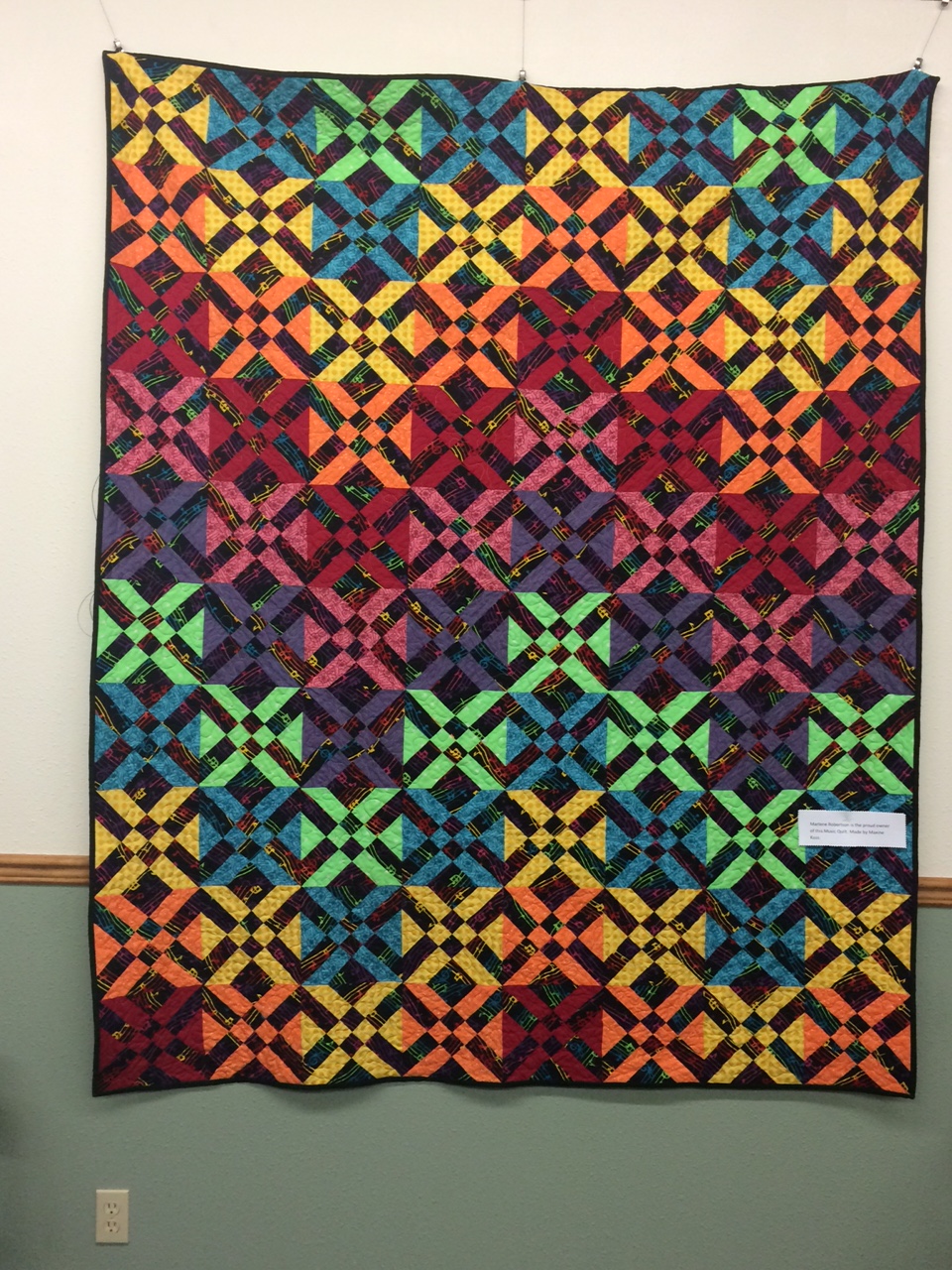I mentioned Deb Pile's friend Karen Hammel in my last post. Karen spent some early years of her life in Harlowton (Harlo) and graduated from its high school, raised two children, eventually got a law degree from the University of Montana at Missoula, at some point moved to Minnesota and worked for the Attorney General (where she represented Deb's division), and she recently moved back to Harlo. We had a nice lunch in the Graves Hotel and I learned a lot about Harlo and the surrounding area.
 |
| Graves Hotel in Harlowton. |
Harlo was a railroad town for many years, and it had a large Milwaukee Road yard. The Milwaukee Road trains were powered by electricity. The rail yard helped make Harlo prosperous but the yard closed in 1980. Karen said the town's population went from 3,000 to 1,000 now. The high school and the elementary school each have about 100 students. The high school graduated 18 last year. There used to be 13 bars and now there are maybe six. Some businesses have managed to hang on, as you can see on Central Avenue. Sometimes there is hybridization, as in the case of a hardware store combining with a pharmacy. Other businesses have closed, such as the State Theatre, but another theatre in town still shows movies.
 |
| Milwaukee Road electric locomotive. Note the apparatus on the locomotive that connected to overhead wires. |
 |
You can get all kinds of things fixed at Remedies. A well run library is four doors down from Remedies.
|
 |
The State Theatre is in a dilapidated state.
|
Harlo has three museums. I visited two of them. The Upper Musselshell Museum is named after a tributary of the Missouri River that runs through the region. This museum contracted with Montana artist Lavonne Rice-Gordon to produce three paintings about Harlo's history.
 |
The Upper Musselshell Museum's first painting in a three-part series includes references to a dinosaur whose remains were found nearby, to Native Americans, and to cattle raising.
|
 |
The second historical painting by Lavonne Rice-Gordon.
|
 |
The third painting includes the Graves Hotel, the Two Dot Bar, and a cow being branded.
|
A big hit with young visitors, according to the curator Nancy Widdicombe, is a two-headed calf. If a cow eats leafy splurge, a semi-toxic plant, the cow's pregnancy can be disrupted.
 |
Two-headed calf at the Upper Musselshell Museum.
|
Harlo also has the Milwaukee Depot Museum in the former train station. It has a rail handcar on display. Like my bicycle it's a form of human-powered transport. It could go about 10 mph and reach a top speed of 15 mph.
 |
Handcar at the Milwaukee Depot Museum.
|
A painting at the museum shows the view from a dome car being enjoyed by well heeled passengers. The museum has a fascinating quilt, produced by a local woman, that depicts some elements of life for people at the other end of the social spectrum. The quilt stitches together a collection of hobo signs. According to Wikipedia, "to cope with the uncertainties of hobo life, hobos developed a system of symbols, or a visual code. Hobos would write this code with chalk or coal to provide directions, information, and warnings to others in 'the brotherhood.'"
 |
Dome car painting at the Milwaukee Depot Museum.
|
 |
Hobo sign quilt at the museum. Here's a link to a glossary of hobo signs.
|
My last two photos show a quilt on display at the public library. I think its title is "Musical Quilt." The low resolution photo provides the overall pattern while the second one shows details such as clefs and notes.
 |
Musical quilt on display in the Harlowton Public library.
|
 |
This "musical quilt" at the library shows clefs, scales, and a vibrant rhythm of colors. The photo is in high resolution to show the
detail. |
BD#2 - I'v never been to the Harlowton museums. I'll have to peek next time I'm in the area. BD#1
ReplyDeleteI love the musical quilt!
ReplyDeleteInteresting little town. Re the hobo signs, I wonder how they knew all the not-very-obvious meanings and remembered them. When I was child visiting my aunt (who lived near a railroad in Chaska), hobos would come to her back door for a handout. I wonder if a sign led them there.
ReplyDelete